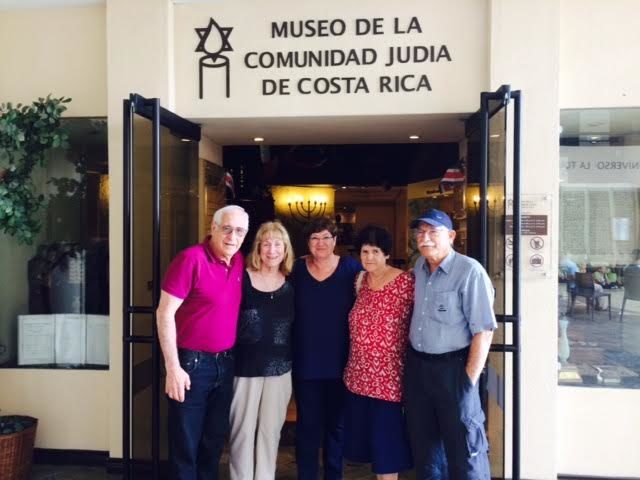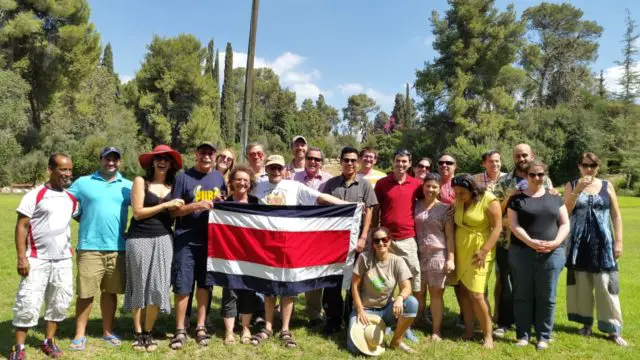Many have been the colonies of different countries that have expanded throughout the world, motivated by different circumstances; the most marked being the difficult economic, political, and social situation that their members have experienced.
Historic studies agree that the first Polish Jews arrived in Costa Rica in 1929. And they kept arriving, little by little, in the following years, as Vilma Faingezicht, director of the museum of the Jewish Community of Costa Rica, explains.

However, other research indicates that the main wave of migration was recorded from 1927 to 1939 when around 600 European Jews entered the country.
Another theory states that the first Jews arrived in Costa Rica shortly after Columbus first trip and that there were also immigrants at the end of the 19th century, such as the Sasso and Maduro families, of Sephardic origin and also that during the 1920s, Jews arrived from Central Europe, all of Ashkenazi tradition.
In those years, the Costa Rican government offered free resident visas and social benefits to European immigrants, for development and to populate the country, which barely had half a million inhabitants.
A large part of the young people who arrived in Costa Rica in the 1930s came from 2 small Polish towns, Zelechow and Ostrowiec, which numbered about 7,000 people, and were relatives or friends.
What motivated the Jews to migrate?
The history of the Jews indicates that they left their countries to escape persecution. First, the Spanish inquisition. These were mostly Sephardic converts and settled mainly in the city of Cartago and its surroundings. They hid, by all means, their Jewish past by making their descendants not even have any idea of it.
Polish Jews in their country of origin based their subsistence on the manufacture of boots for the Russian army. When Poland became independent, a large part of them lost their livelihood and faced a serious economic situation. They were poor, with few exceptions, so they had to decide how to get out of that condition.
Also, in that decade everyone pursued the so-called American dream and it was enough for them to know that Costa Rica was on the continent, so with high expectations they decided to emigrate in search of better economic opportunities on the path to the unknown.
Some Polish Jews arrived in Costa Rica almost by chance. They had as goal going to Argentina or Brazil, but they had to stay in Limón after being abandoned by the ships in which they were traveling.
Main commercial activities carried out by the Jews when settling in Costa Rica
It is not clear how it happened, if someone started and was followed by others or was a collective agreement, but most of these young people were dedicated to street sales, an occupation that was not frequent in the country.

They went to the capital San José where they acquired different merchandise on credit, almost always in stores of the few most established Jews. Then they went for days or weeks in remote places, whether on foot, by mule or horse, carrying a large bulk of items to sell.
It was a tiring job but, little by little, it paid off and they were making a clientele, mostly farmers. Unlike the traditional commerce that demanded the immediate payment of the goods, they stimulated partial payments or quotas that allowed many families access to products that they could not otherwise acquire.
Since most of them were from Poland people began to call them “Polacos”, identifying them as those Jews who sold from house to house. Such was the impact of this that, years later, the National Spanish Language Academy coined the term “polaco” as to how Costa Ricans refer to people who are traveling from door to door, as salesmen, by selling usually on credit.
Since the arrival of Jews in Costa Rica there have been different events such as the arrival of new surviving Polish from the Shoah (Holocaust), their participation in the daily life of our country, and other important aspects that we will be touching in next delivery.

